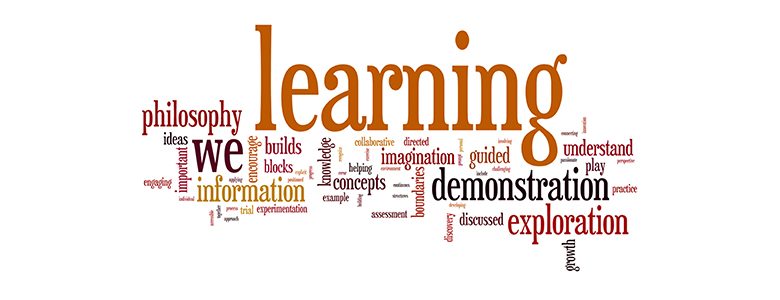
Dyscalculia and dyslexia: improving learning for children with learning difficulties
Learning can be a lot harder for children with learning difficulties such as dyscalculia and dyslexia, especially when it comes to maths. But there are simple and fun ways to make it easier. Nick from Education Views talks to us about how using games like bingo can help children with learning difficulties to develop and flourish.
The standards for teaching numeracy to 5 and 6 year olds has gone up since the introduction of Common Core standards. The old guideline was that children entering school should be able to count from 1 to 30.
Now the guidelines state that 5 and 6 year olds should be able to count from 1 to 100 and by 10s to 100 before. The reasoning behind the change is that young people should be able to grasp the idea that 100 is made up of 10 groups of 10.
But for children with dyscalculia or dyslexia, this just adds another huge barrier toward learning to manage their disability. Dyscalculia is often associated with difficulties with arithmetic, but it can also interfere with simple number recognition, as can dyslexia.
Understanding place value (the numerical value that number has based on where it is) and visualising quantities can also be difficult for children. These difficulties can cause children to develop great amounts of anxiety about math.
One strategy that may help children with dyscalculia and dyslexia is to couch numbers in a game rather than trying to use traditional tools like number lines. An example of such a game is bingo. Bingo, at its heart, is a game of number recognition. That’s the very skill that today’s children need to be ready for school.
If it’s been awhile since you’ve played bingo, the rules are simple. A caller pulls random numbers from 1 to 75 and tells them to the players. The players find the number on the card and covers it with a marker. If they get five in a row, they call out bingo. If they do have the right numbers covered they win.
The game can be modified by reducing rows and numbers to make simpler or harder variations. A 3×3 board with no free square can be used to teach the digits 1 to 9. A 4×4 board could be used to teach all the numbers from 1 to 100. Older children can even solve math problems called by the caller to get the numbers they need.
Using games like bingo on Bingomania.com to teach number recognition can stop anxiety before it develops too strongly in young children. Games give children the space to explore new concepts without the pressure of potential failure. Games also give teachers the data they need to understand whether or not a child might have dyscalculia or dyslexia and come up with strategies to aid them.
When playing bingo with a child suspected of dyscalculia, teachers and parents should give them the necessary time to try to recognise the number without drawing attention to the fact.
They should also try presenting the number in different ways to find a number presentation strategy that works well for the child. For instance, they could use a visual presentation of the number or use some form of music as a code for numbers.
Bingo and other math games can help all children get basic number skills, but for children with dyscalculia they could be a necessary tool for them to figure out strategies of number recognition that work for them before they have to start taking tests and coming up with answers with speed.
By Nick from Education Views